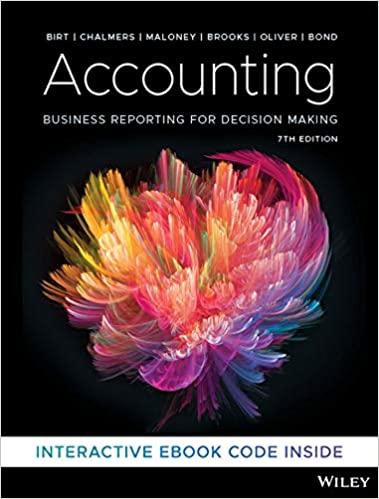Team Project 1 (1) (Compatibility Modej-Word VEW VIEW REFERENCES MAILINGS T AaBbCell AaBbCd AaBbCc1 AaBbCi AaBbC AaB ing 1 1 Normal 1 No Spaoc.. Heading2 Trale S Styles Paragraph responsible for completing the case detailed below these be done using Excel. Parts 1, 2,2A, and 3 should be Directions: Each team wil instructions. This project sd performed on separate spreadsheets in your Excel workbook. Part 3 should be an embedded Word document, s ace it is a memo. I will demonstrate how to embed a document and provide a brief description of what a memo should look like. Each team will submit the finished product via e-mail as an attachment. The project due date is on your class timeline. Note: The project is due via email by midnight on the due date. You need to use formulas and cell references whenever possible. If you do not use formulas or cell references, I will deduct points. Part 1 of the assignment requires you to determine the cost of a unit of coffee (Mona Loa and Malaysian) using the traditional overhead allocation method. one pound bag. The unit cost will include direct materials, direct labor, and manufacturing overhead (as determined using the predetermined overhead rate). You NEED to use Excel formulas whenever possible. Basically, the only time you will not use formulas is when you enter given information A unit of coffee is a Part 2 of the assignment requires you to determine the cost of a unit of coffee (Mona Loa and Malaysian) using the activity-based costing method. As with the traditional method you will need to show direct materials, direct labor and manufacturing overhead (as d using ABC). Once again, use formulas wherever you can. Part 2A is a comparison of both methods. Link the numbers to Parts 1 and 2 whenever possible. Show a side-by-side comparison of unit product costs calculated under each method (show the unit product cost of each type of coffee using both traditional and ABC costing). Unit product costs include direct materials, direct labor and manufacturing overhead costs on a per unit basis. Further, determine the changes in the profit margins for each bag of coffee under both methods (the sales price mark up % is given below). How much was the company losing per bag of the Malaysian coffee under the Traditional Method? Remember to use formulas Part 3 requires you to write a memo on vour findings. The memo should be addressed to Team Project 1 (1) (Compatibility Modej-Word VEW VIEW REFERENCES MAILINGS T AaBbCell AaBbCd AaBbCc1 AaBbCi AaBbC AaB ing 1 1 Normal 1 No Spaoc.. Heading2 Trale S Styles Paragraph responsible for completing the case detailed below these be done using Excel. Parts 1, 2,2A, and 3 should be Directions: Each team wil instructions. This project sd performed on separate spreadsheets in your Excel workbook. Part 3 should be an embedded Word document, s ace it is a memo. I will demonstrate how to embed a document and provide a brief description of what a memo should look like. Each team will submit the finished product via e-mail as an attachment. The project due date is on your class timeline. Note: The project is due via email by midnight on the due date. You need to use formulas and cell references whenever possible. If you do not use formulas or cell references, I will deduct points. Part 1 of the assignment requires you to determine the cost of a unit of coffee (Mona Loa and Malaysian) using the traditional overhead allocation method. one pound bag. The unit cost will include direct materials, direct labor, and manufacturing overhead (as determined using the predetermined overhead rate). You NEED to use Excel formulas whenever possible. Basically, the only time you will not use formulas is when you enter given information A unit of coffee is a Part 2 of the assignment requires you to determine the cost of a unit of coffee (Mona Loa and Malaysian) using the activity-based costing method. As with the traditional method you will need to show direct materials, direct labor and manufacturing overhead (as d using ABC). Once again, use formulas wherever you can. Part 2A is a comparison of both methods. Link the numbers to Parts 1 and 2 whenever possible. Show a side-by-side comparison of unit product costs calculated under each method (show the unit product cost of each type of coffee using both traditional and ABC costing). Unit product costs include direct materials, direct labor and manufacturing overhead costs on a per unit basis. Further, determine the changes in the profit margins for each bag of coffee under both methods (the sales price mark up % is given below). How much was the company losing per bag of the Malaysian coffee under the Traditional Method? Remember to use formulas Part 3 requires you to write a memo on vour findings. The memo should be addressed to











